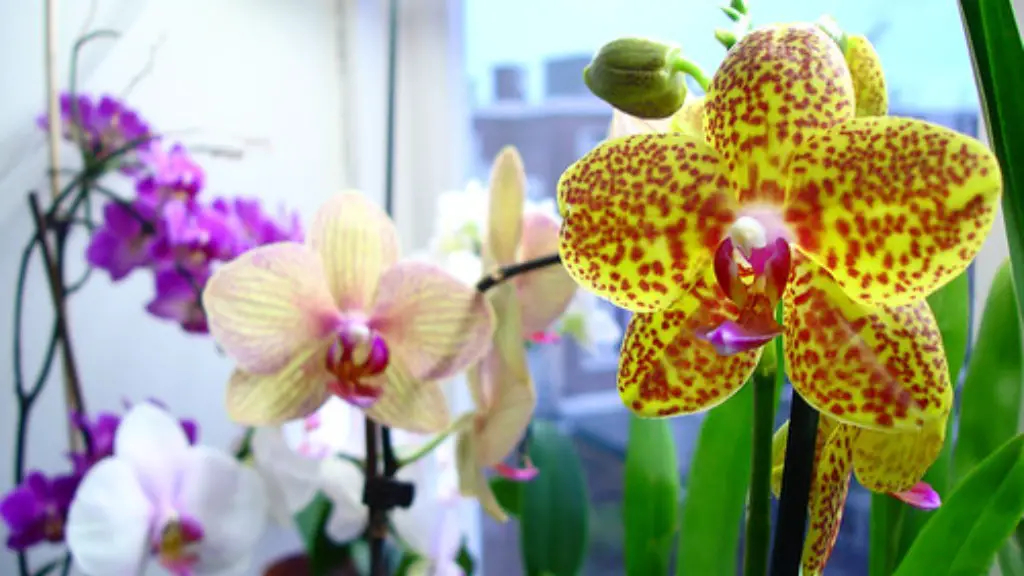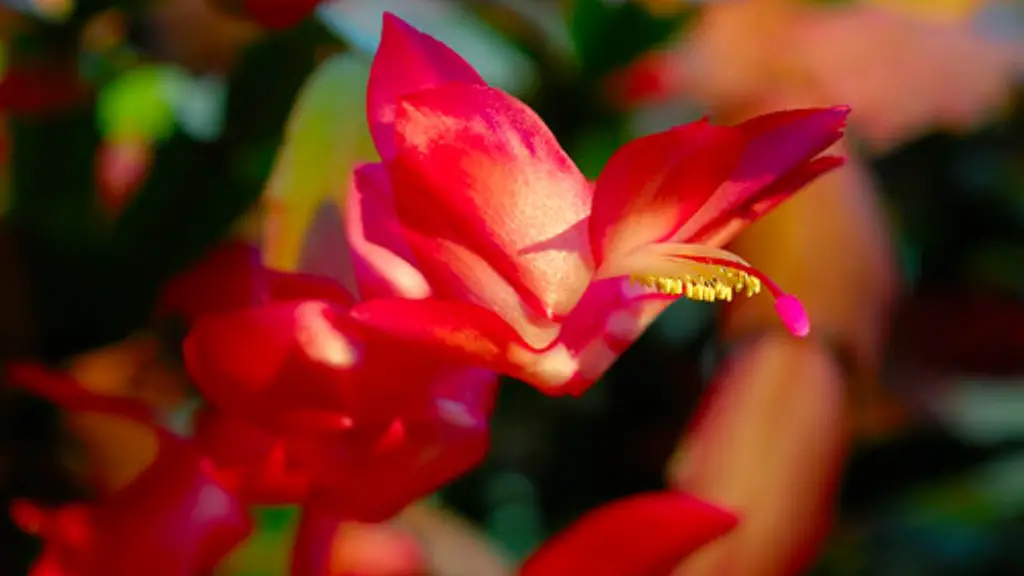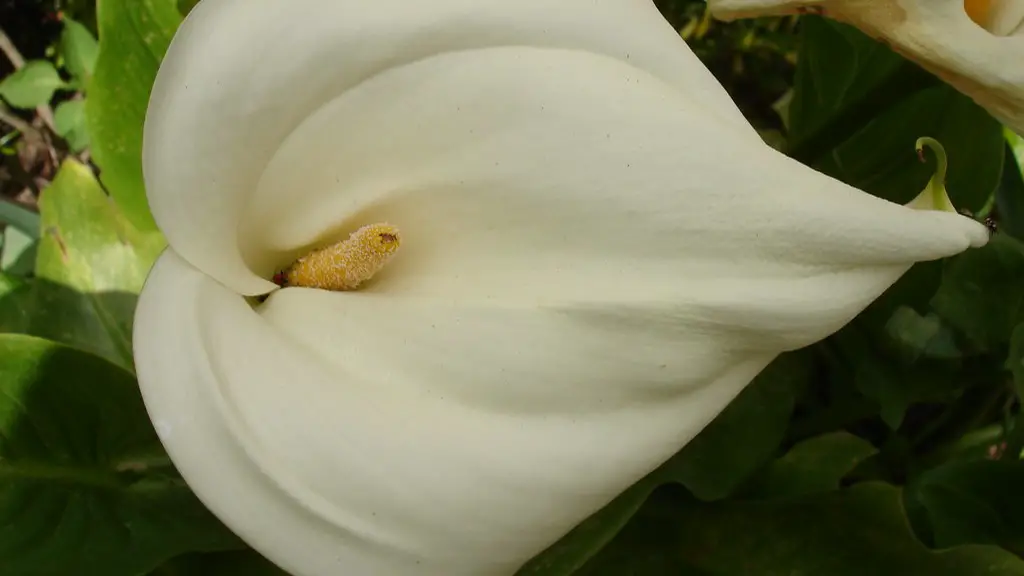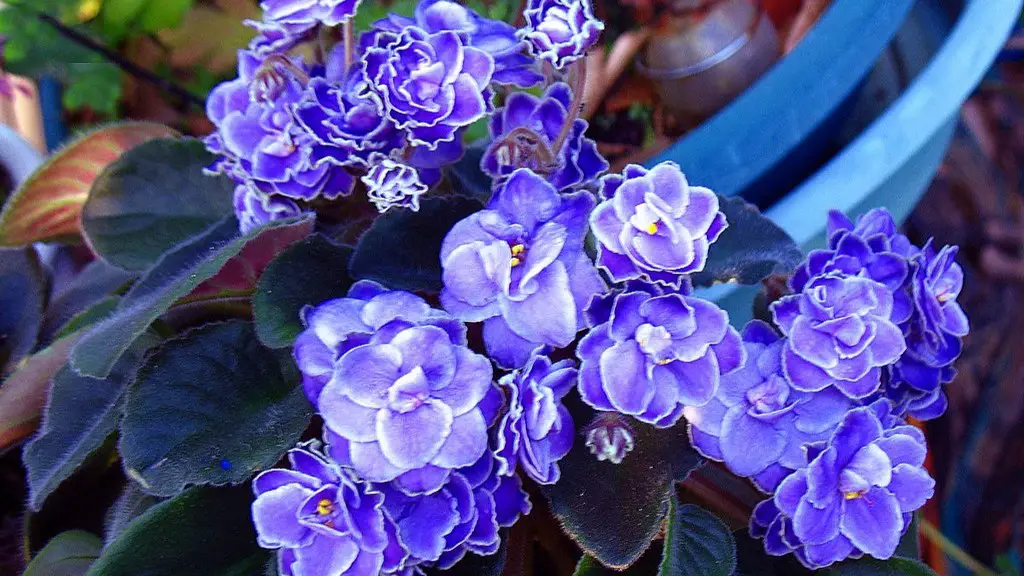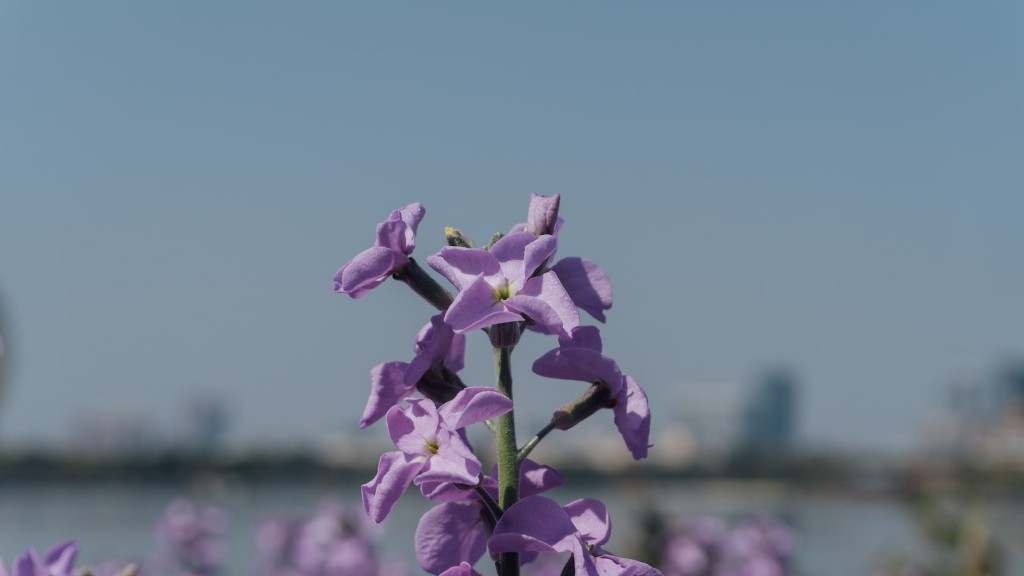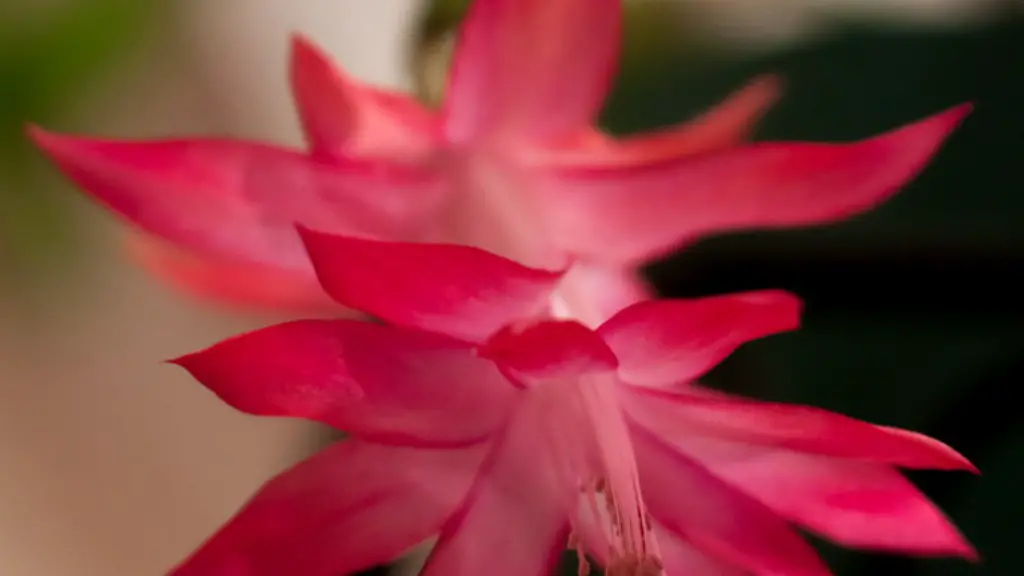Phalaenopsis orchids, also known as moth orchids, are one of the most popular types of Orchids. They are easy to grow and can bloom indoors for months at a time with the proper care. Here are some tips on how to care for your indoor Phalaenopsis orchid:
Light: Phalaenopsis orchids do best in bright, indirect light. If you can provide 12-16 hours of artificial light per day, that is ideal.
Water: Water your orchid once a week, making sure that the potting mix is evenly moist but not soggy. Allow the potting mix to dry out slightly between watering.
Temperature: Phalaenopsis orchids prefer temperatures of 65-75 degrees Fahrenheit during the day and 60-65 degrees Fahrenheit at night.
Humidity: These orchids prefer high humidity, so misting them regularly or setting them on a pebble tray will help to increase the humidity around them.
Fertilizer: Use a balanced fertilizer formulated for orchids, and fertilize your plant every two weeks during the growing season (spring and summer).
1. Find a spot for your orchid that gets bright, indirect sunlight.
2. Water your orchid when the top inch of the potting mix is dry. Use room-temperature water and allow the water to soak through the potting mix and drain out the bottom of the pot.
3. Feed your orchid every other week during the growing season (spring and summer) with a balanced fertilizer diluted to half-strength.
4. Allow the potting mix to dry out completely between watering during the winter months.
5. humidity is important for orchids, so mist your plant regularly or set it on a pebble tray filled with water.
6. Orchids prefer night temperatures of 60-65 degrees Fahrenheit and day temperatures of 75-85 degrees Fahrenheit.
7. Repot your orchid every two to three years in a pot that is only slightly larger than the current one.
How often should I water my Phalaenopsis orchid?
Phals need less water in the winter, when they are dormant, and more in the summer when they are actively growing. If your plant is potted in bark, once a week should be sufficient. If it’s potted in moss, water when the top feels dry. The amount of light and heat your plant receives will also affect watering schedules – more light and heat means more water.
To get your orchid to rebloom, make sure it’s getting enough light. Place it in an area with bright, indirect sunlight. The more light it gets, the longer its blooms will last and the greater its chances of reblooming.
How do you take care of a Phalaenopsis orchid after the blooms fall off
If you want your orchid to thrive, follow these five care tips: water weekly, fertilize, give it plenty of indirect light, move it to a cooler room, and give some life to your dormant orchid. By following these simple tips, you’ll have a beautiful sleeping beauty in no time!
Orchids love humid conditions because they’re a tropical plant. The easiest way to recreate their humid home is by misting them with a spray bottle.
Should orchids be watered from the top or bottom?
Orchids are a beautiful and popular type of plant, but they can be finicky to care for. One way to help maintain the correct level of humidity for your orchid is to set the pot on top of a tray of pebbles and fill the tray with water. The water will evaporate and help to humidify the air around the plant. Just be sure that the water level stays below the bottom of the pot so that the roots don’t get waterlogged.
When watering an orchid plant, it is best to use distilled water or water that has been collected from rain. Softened water should not be used because it contains salts that may damage the plant.
What triggers flowering in Phalaenopsis?
Most phalaenopsis species are native to areas close to the Equator, and do not need a specific photoperiod to induce flowering. Instead, it is the low temperature that triggers phalaenopsis to start the flowering process.
Houseplants are a great way to spruce up any home, and adding an orchid can really take things to the next level. Phalaenopsis orchids are a beautiful and popular option, and they can last for 10 to 15 years as a houseplant. These stunning flowers are relatively easy to care for, and they make a great addition to any indoor space.
What triggers an orchid to bloom
Your orchids need a minimum of 12 hours of light each day, with 14-16 hours being ideal. If you are using artificial lights, make sure they are on for at least 12 hours each day. blooming in orchids can also be trigger by a drop in night temperature, increase or decrease in day length and even sharp restriction in water availability, but these will only be successful if your orchids have been grown with adequate light.
A phalaenopsis orchid typically blooms for several months and can be pollinated again during this period. It can take 9 to 14 months for an orchid to complete a life cycle. If it does not die, it can typically re-bloom once every 8 to 12 months.
Where do you cut the orchid after the blooms fall off?
Trimming orchid spikes is a way to encourage new growth and promote healthy flowering. To trim an orchid spike, cut 1 inch above the node, or growth bump, on the spike. For unhealthy, brown spikes, cut all the way back to the base of the plant. For double-spike orchids, cut one spike at the base of the plant and cut the other spike 1 inch above the node under the lowest flower bloom.
If you want your Phalaenopsis to re-bloom, you will need to give it some extra care. The most important thing is to keep the potting mix moist, but not soggy. You will also need to fertlilize regularly and provide bright, indirect light. Once the plant finishes blooming, cut the spike back to about an inch above the base. With a little extra care, your Phalaenopsis should re-bloom for you.
Where is the best place to put an indoor orchid
Orchids are delicate flowers that need a specific environment to grow and thrive. The ideal spot for growing orchids is either a south or east-facing window. West windows are usually too hot while northern windows are too dark. Placing orchids under artificial lights is the last resort if you can’t find a good location to grow your orchids.
The crown is the center of the orchid, and the places in between the leaves and the stem are dry. The orchid needs to be watered regularly to keep the crown and leaves healthy.
How do I know if my orchid needs water?
Orchids are very sensitive to overwatering, so it is important to make sure that the potting mix has dried out before watering again. The best way to tell if the orchid needs water is to stick your finger in the potting mix. If it feels almost dry, it is time to water.
Most orchids require a pot that is 4, 5, or 6 inches in size. However, there are seedlings and miniatures that require smaller pots. Older specimen plants and some genera of orchids (Cymbidium, Phaius, large Cattleya) often require 8 inch pots or bigger.
How long do you soak orchids when watering
Watering your orchid:
-Soak for about 10 minutes to saturate
-Allow the water to drain out completely; orchids like a good soak but don’t tolerate sitting in water
-Uneven watering will result in shallow or uneven root growth
-After you have watered your orchid, feel the weight of the container; it will be heavy.
Orchids are a bit different from other houseplants when it comes to watering. The best way to water them is to soak the plant in a bowl of water once every week or two. This allows the moss to dry out completely in between waterings and prevents the plant from becoming too soggy which can lead to rot.
Final Words
To care for an Phalaenopsis orchid indoors, water it thoroughly about once a week and place it in a bright, warm spot. Allow the potting mix to dry out slightly between watering. fertilize every two weeks with a balanced fertilizer. Also, be sure to provide good airflow around the plant.
It is not difficult to care for an phalaenopsis orchid indoors. The most important thing to remember is to never let the plant sit in water, as this will cause the roots to rot. Be sure to water the plant only when the potting mix is dry to the touch. If you live in a humid climate, you may need to water the plant more often. The phalaenopsis orchid likes bright, indirect light and should be fertilized every two weeks with a balanced fertilizer. With a little care, your orchid will thrive indoors.
